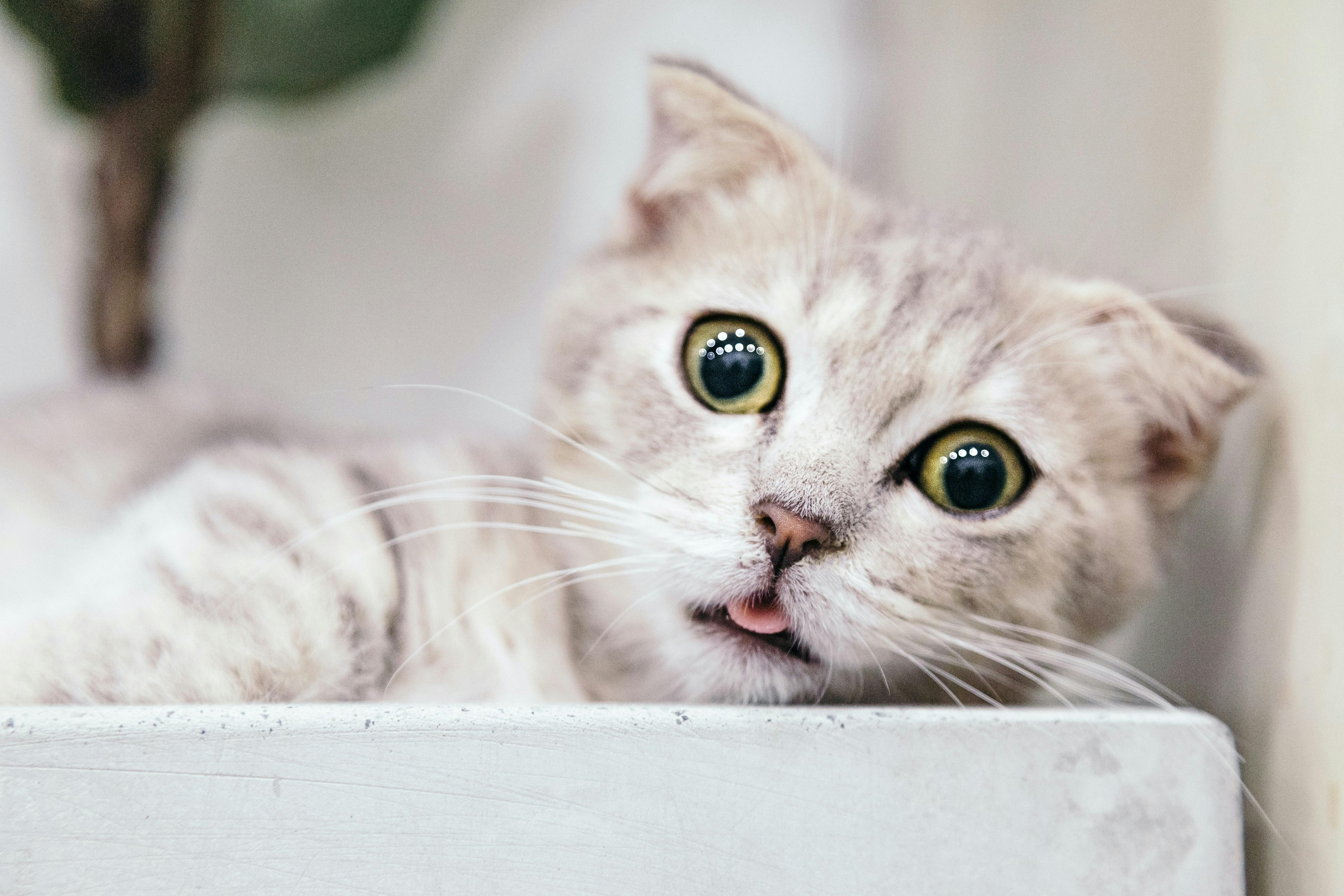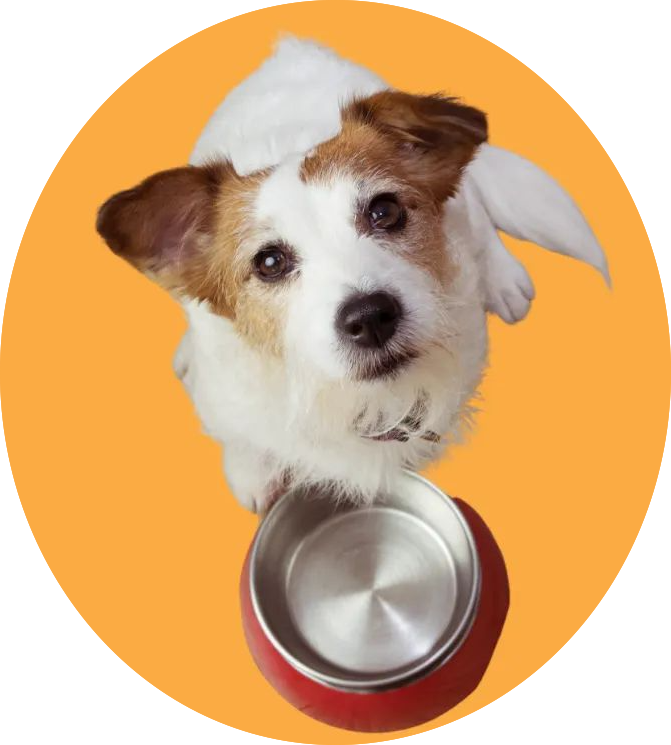Is
your cat turning their nose away from their normal dry or canned food? Perhaps
they’ve gained some weight and need a lower-calorie solution. Maybe your
purring pal has developed a medical issue or
food allergy that
requires a different nutritional intake than their regular diet. Whether you
are looking for food alternatives or your vet has prescribed it, a homemade
diet may be a good alternative for you cat.
Wondering
if you should make the switch to homemade cat food? Read on to find out what a
homemade diet is, and if it’s a better choice to feed your cat.
What is a homemade diet for cats?

A
homemade diet is food made in your own home by you. Just like for us, a homemade
diet for cats is made from all natural ingredients, and formulated with the
right balance of nutrients to promote health and stave off disease. And
considering the health risks associated with commercial pet foods, homemade
diets may even be a healthier choice for cats.
Homemade
diets can be cooked or raw, depending on your preference, and fed to your cat
just like you would any other food. When starting out, though, cooked foods are
usually safer than a
raw
diet, as any bacteria in the meat are killed off in the cooking process.
Pathogens in raw meat, including
salmonella,
E. coli, and
listeria, can be dangerous
if consumed by your cat, and you can also run the risk of contaminating yourself
while preparing raw foods.
What are the nutritional requirements for cats?

In
the wild, cats eat a diet primarily composed of meat, that includes a high moisture
level, a moderate amount of fat, and a very small amount of carbohydrates,
equating to just 1 – 2% of the overall diet.
Your
domestic cat is also an obligate carnivore, which means
that unlike humans and dogs, they have to consume a diet composed primarily of
meat to survive. They lack the enzymes to properly utilize
plant materials, and thereby can’t derive enough nutrients out of them. Cats
also need several amino acids to survive, and while most of them are
synthesized inside a cat’s own body, there are two that they still need to consume
from meat. A small amount of arginine can be synthesized, but it's not enough to
keep a cat balanced, and taurine isn’t synthesized at all.
Lastly,
your cat generally consumes most of their water in their food. A wild cat’s
prey contains about 70 – 75% water, so they’ve evolved to not have a thirst
drive to seek out water sources outside of that prey, which is why you rarely
see your healthy cat drinking water.
In
short, a cat’s diet should be composed of:
- High
amount of meat or fish proteins
- High
level of moisture
- Moderate
level of fat
- Very
low amount of carbohydrates
- Vitamins
A, B12, D and niacin
- Several
minerals, including calcium and iron
- Omega fatty acids
- Amino
acids, with special attention to arginine and taurine
Eating
right for their species keeps cats healthy, promotes good skin and coat, aids
digestion and prevents many kinds of disease. But what happens if cats consume the
wrong amounts of these essential dietary requirements?
Too many
carbs can lead to
obesity
and
diabetes,
while
dehydration
from inadequate water consumption can cause
cystitis,
kidney or
bladder stones,
or
kidney disease.
A deficiency of arginine can lead to vomiting,
loss of balance, weight
loss, and even death, while a
lack of taurine
can result in blindness, kidney atrophy, heart disease, and stunted growth.
Commercial diets for cats
Most
cat parents start with a commercial diet bought from the pet store or
veterinary office of either dry foods, canned foods or both. These foods have
been formulated with all the essential nutrients required for cats, are already
prepared and ready to eat, and are easy to portion, all factors which make them
very attractive to pet parents.
Commercial pet foods, however, also come with a host of problems. For starters, most foods
have inconsistent or false labeling that confuses consumers as to what the
ingredients and nutrient levels really are. Plus, they can contain several
additives, fillers, preservatives, artificial flavors and dyes.
Dry
foods are even more problematic as they can be dangerously low in moisture
levels, around 5 – 10%, and very high in carbohydrates, about 35 – 50% or
higher. Dry foods are processed at high temperatures which can alter and destroy
essential nutrients and proteins, requiring synthetic supplements to replace
them. They can even be contaminated with
fungal mycotoxins,
bacteria,
and insects, and can spoil while waiting to be eaten. Plus, many dry foods contain
more plant proteins than meat proteins which cannot be utilized by cats.

Whether fear over the safety of commercial cat foods, or due to an issue in their cat, some pet parents look to a homemade cat diet for their feline furiend. Let’s take a look at the pros and cons of feeding your cat a homemade diet.
Pros of a homemade diet for cats
- You have full control over all ingredients, including nutrients, supplements and additives in the food.
- You can formulate your cat’s diet with the right amount of meat proteins, fats and carbohydrates to come closer to a wild diet.
- You can ensure there’s enough water in the food to prevent dehydration and other issues.
- You can easily switch your recipes, proteins and carbs to address developing protein or food
allergies, or medical conditions.
- You can customize meals to please any picky palate.
- You can prepare a raw diet that doesn’t involve cooking the nutrients out of food.
- You control cooking temperatures to lessen the loss of nutrients in cooked foods.
- You can store food in the refrigerator or freezer, keeping it fresh and erasing the need for preservatives.
- Homemade foods cost less than commercial cat foods.
Cons of a homemade diet for cats
- You’ll need to learn the essentials of a balanced cat diet and pay close attention to recipes to ensure your cat is getting the right amounts of essential nutrients.
- You’ll spend time in the kitchen preparing your cat’s food.
- Whether raw or cooked, any improper handling of meats and fish can cause illness from salmonella, listeria, and E. coli.
Tips for creating homemade diets for cats
If
you’ve decided to try a homemade diet for your cat, check out these tips to
ensure a safe and healthy transition.
- Consult
with your veterinarian first to learn the essentials of homemade meals for cats
and decide if its right for your cat.
- Research
the right amounts of vitamins, minerals, amino acids and other nutrients your
cat needs.
- Consider
your cat’s age, weight and medical conditions when formulating recipes.
- If
your cat is an outdoor cat, they may need more calories than indoor only cats.
- Be
extra careful with kittens, and always consult with your vet throughout their
entire growing cycle.
- Consider
your meats wisely when creating or using recipes. Each meat can contain
different amounts of nutrients, so formulate the entire recipe accordingly.
- Always
stay away from foods that are toxic to cats.
- Start
with recipes formulated by veterinarians and cat nutritionists.


